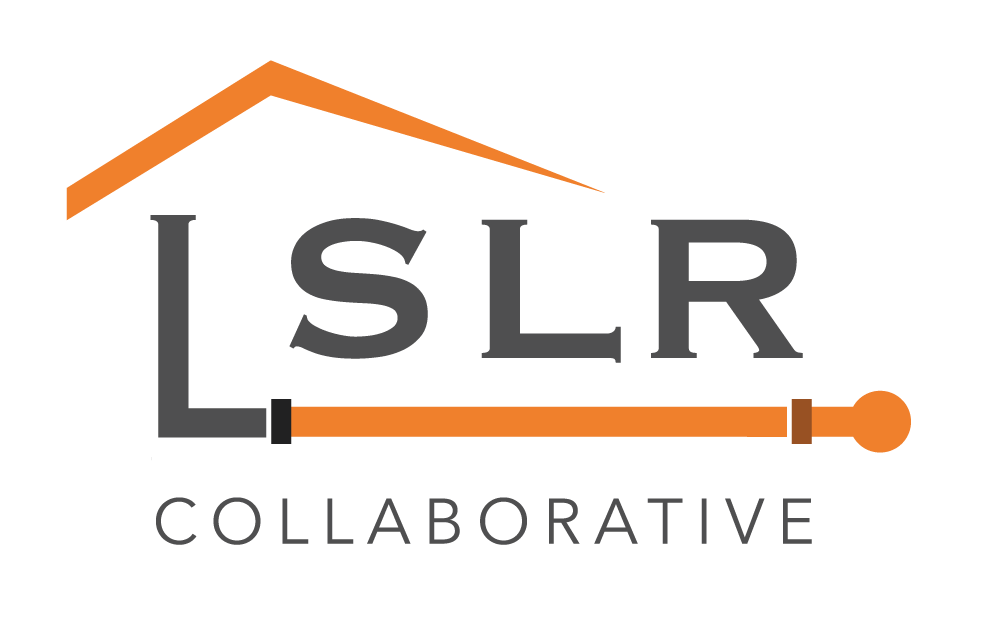|
Monica Eng
WBEZ See the full article. After decades of forcing Chicagoans to install lead water lines in their homes, the city is finally launching a program to remove them. Mayor Lori Lightfoot on Thursday announced Chicago’s inaugural plan to address its huge inventory of toxic lead lines – a problem that was exacerbated by some mayors, ignored by others and is now being cautiously approached by the latest. “This is an important first step in a long overdue process,” Lightfoot said at a press conference with officials from the city’s Water and Public Health Departments. With 400,000 lead service lines lurking beneath Chicago homes, the city faces the worst documented lead line problem in the nation. About 80 percent of all Chicago homes are still connected to water mains through these lines, which can release lead into drinking water. Voluntary tests in Chicago detected lead in more than two thirds of all homes tested. And about one third of all tested homes had more lead in their water than is allowed in bottled water. National health authorities stress that no level of lead exposure is safe, as it can contribute to heart attacks, hypertension and kidney problems in adults and impulsivity and learning difficulties in children. Comments are closed.
|
Have a suggestion for an article or blog to add?
Let us know! Type
All
Date
April 2023
|


 RSS Feed
RSS Feed